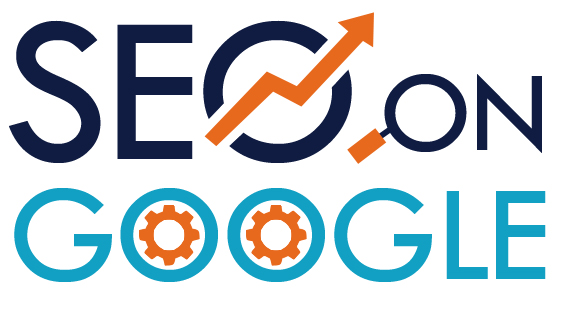
Plumbing Website Development
Case Study
Problem
Solution & Impact
Our Process
- Goals and Objectives
- Research and Planning
- Design and Development
- Testing and Launch
- Results and Outcomes
Develop a visually appealing website that reflects the professionalism and reliability of website.
Create an intuitive and user-friendly interface to enhance the user experience.
Showcase their range of services, expertise, and previous projects to build trust and credibility.
Optimize the website for search engines to improve online visibility and attract organic traffic.
Provide a simple and efficient contact mechanism for users to inquire and request services.
Conducted market research to understand the target audience, their preferences, and expectations from a website. Analyzed competitor websites to identify strengths and weaknesses to differentiate website.
Defined the website structure, content hierarchy, and identified key features to include.
Created a wireframe to visualize the layout and functionalities of the website.
Developed a clean and professional design that incorporated the company’s branding elements, such as logo, colors, and typography. Implemented a responsive design to ensure optimal viewing experience across devices, including desktops, tablets, and mobile devices. The content into clear sections, including a homepage, services, about us, projects/portfolio, testimonials, contact us, and blog/news section.
Utilized high-quality images and videos to showcase the company’s services, completed projects, and team members.
Implemented a user-friendly navigation menu and search functionality to make it easy for users to find the information they need. Integrated a contact form on every page to encourage users to reach out for inquiries or service requests. Ensured fast loading times and optimized the website for search engine optimization (SEO) to improve search engine rankings.
Conducted thorough testing across different browsers and devices to ensure the website’s functionality and responsiveness. Performed usability testing to identify any potential user experience issues and made necessary adjustments.
Implemented tracking tools, such as Google Analytics, to monitor website performance and user behavior. Ensured proper on-page SEO practices, including meta tags, headings, keyword optimization, and site map submission. Launched the website and monitored its performance closely during the initial period.
New website received positive feedback from users, reflecting its improved design and user experience.
The website’s organic search rankings significantly improved, leading to increased visibility and organic traffic. The intuitive navigation and clear call-to-action elements on the website helped increase user engagement and conversion rates. The portfolio and testimonials sections enhanced credibility and trust, leading to more inquiries and service requests.
